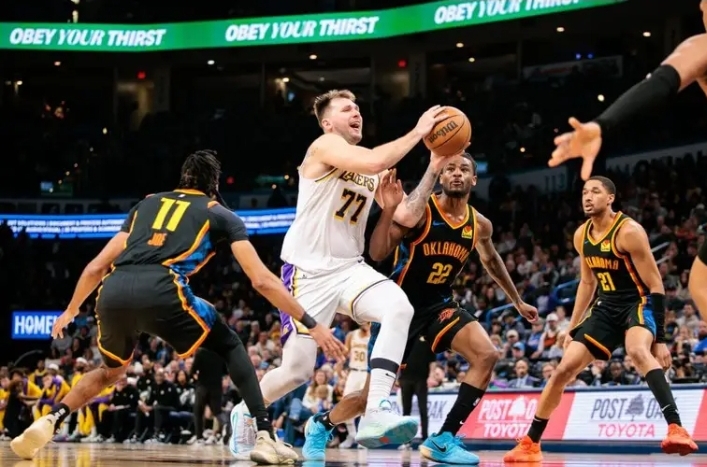May 22, 2025 11:54 am GMT+1
The Los Angeles Lakers’ early exit from the 2025 NBA playoffs should prompt careful reflection during this offseason.
What could they have done differently? How can they revamp their roster to advance further next season? What do they need?
With the NBA conference finals underway, here is one lesson the Lakers can learn from each team as they construct their roster this offseason.
New York Knicks: The ‘heliocentric’ blueprint
The New York Knicks’ roster build is the most replicable for the Lakers among the conference finalists.
Like Los Angeles, New York is built around a heliocentric star with defensive limitations. Entering the conference finals, Jalen Brunson was the only player still playing with a usage percentage above 30 percent (for comparison’s sake, Luka Dončić had a 32 percent usage percentage against the Minnesota Timberwolves in the first round). And like the Lakers, they’re not as deep as the rest of the field, with Knicks coach Tom Thibodeau relying on seven rotation players for most of the postseason.
One key difference between the two rosters is the Knicks’ makeup around Brunson. They have multiple 3-and-D perimeter players (OG Anunoby, Mikal Bridges, Josh Hart and Miles McBride) and two quality centers (Karl-Anthony Towns and Mitchell Robinson). The big, scrappy group accentuates Brunson’s strengths and covers for his weaknesses.
As the Lakers look to build around Dončić, they have a stronger offensive foundation than the Knicks. Their superstar is better. He’s also bigger, leading the way to greater lineup versatility, and less of a defensive liability. They have a couple of secondary shot-creators in LeBron James and Austin Reaves, who are more capable ballhandlers and passers than any of the tertiary pieces in New York.Finding an Anunoby, Bridges, or Hart is going to be difficult, if not impossible, for the Lakers this summer. Any of those three would immediately start and be the Lakers’ best perimeter defender. But they need to at least try to find an upgrade, exploring the trade market and free agency for players that slip through the cracks or suddenly become available due to looming salary-cap restrictions.
The Lakers don’t necessarily need 12 rotation-caliber players like the Oklahoma City Thunder or 10 like the Indiana Pacers. They don’t really have the resources to acquire that kind of depth, anyway. But they need more than five or six rotation-caliber players, like they had this past postseason. They can replicate the Knicks’ success by surrounding Dončić with as much size, defense and athleticism as possible.

